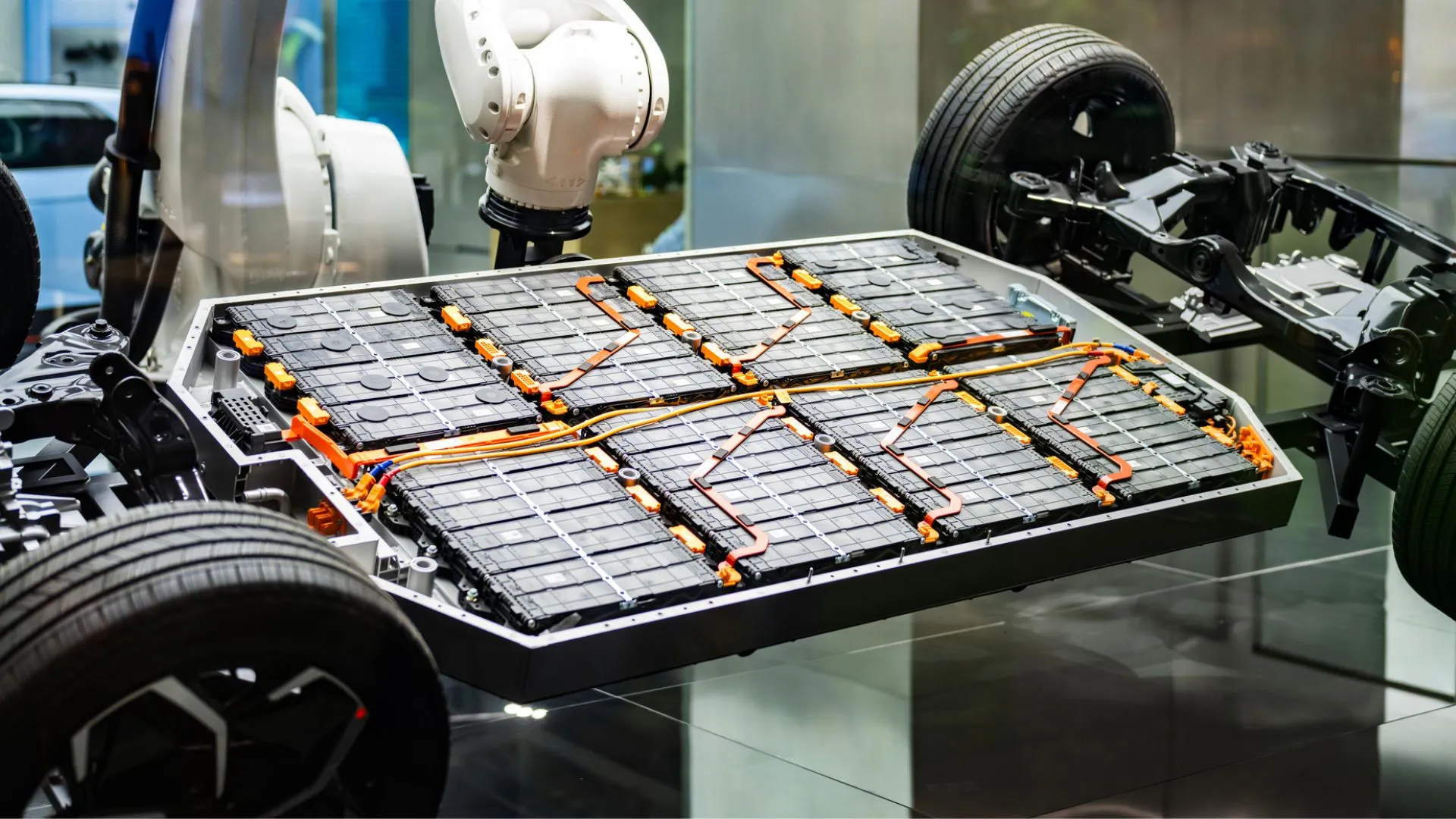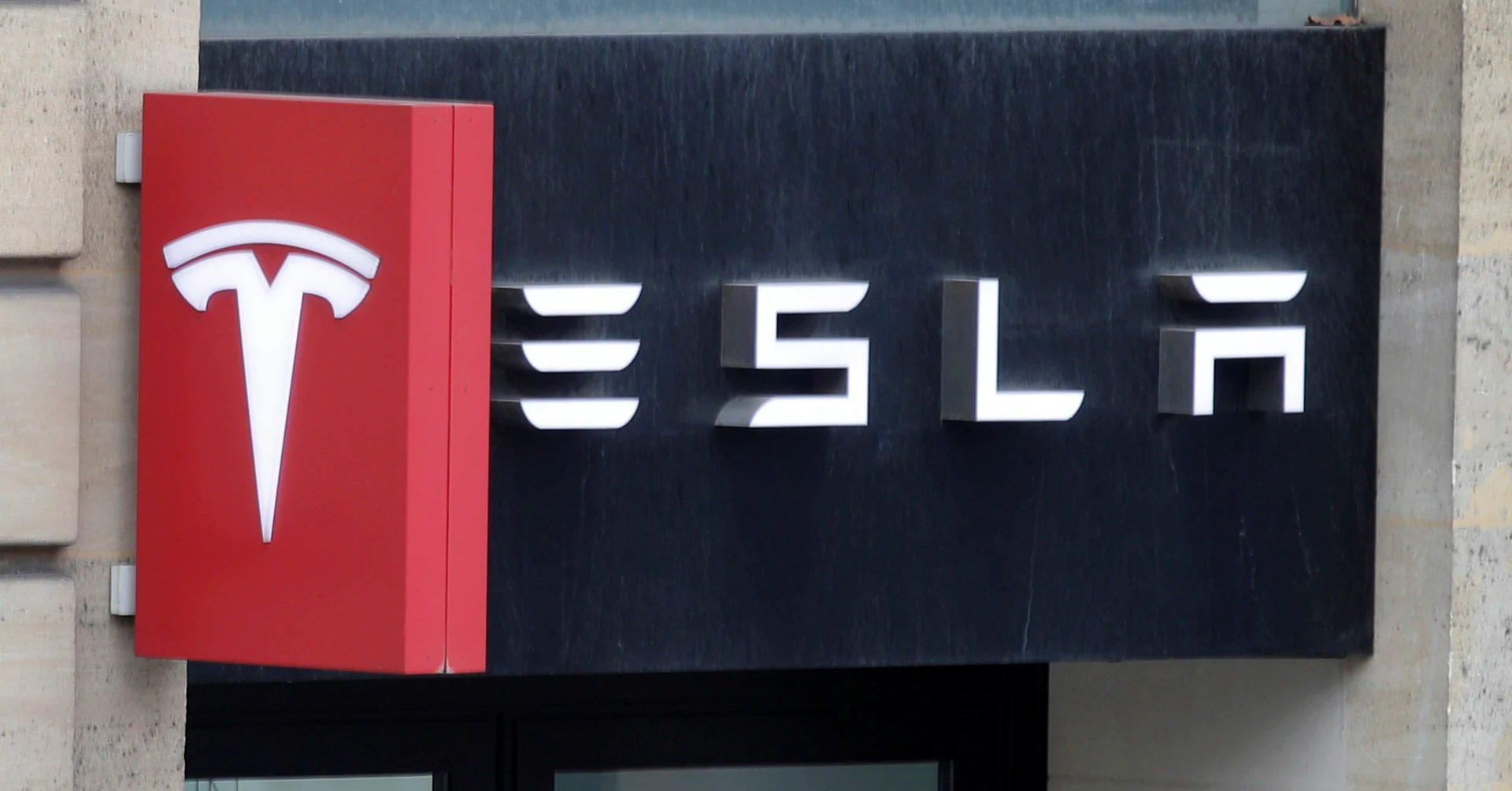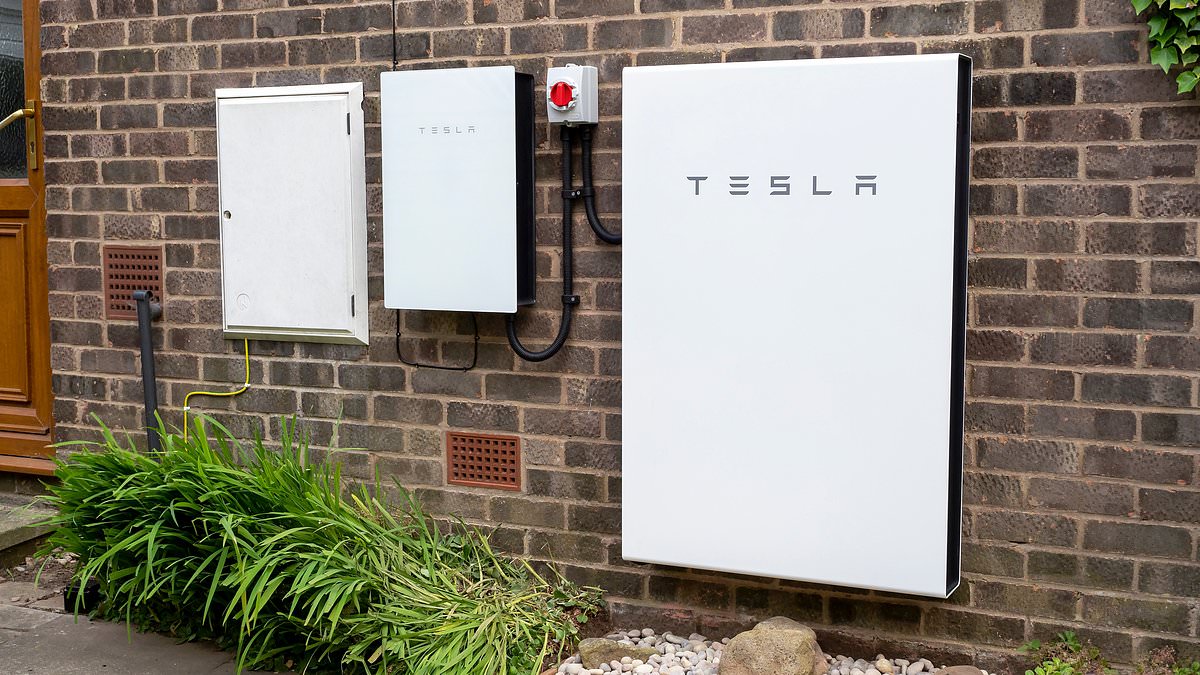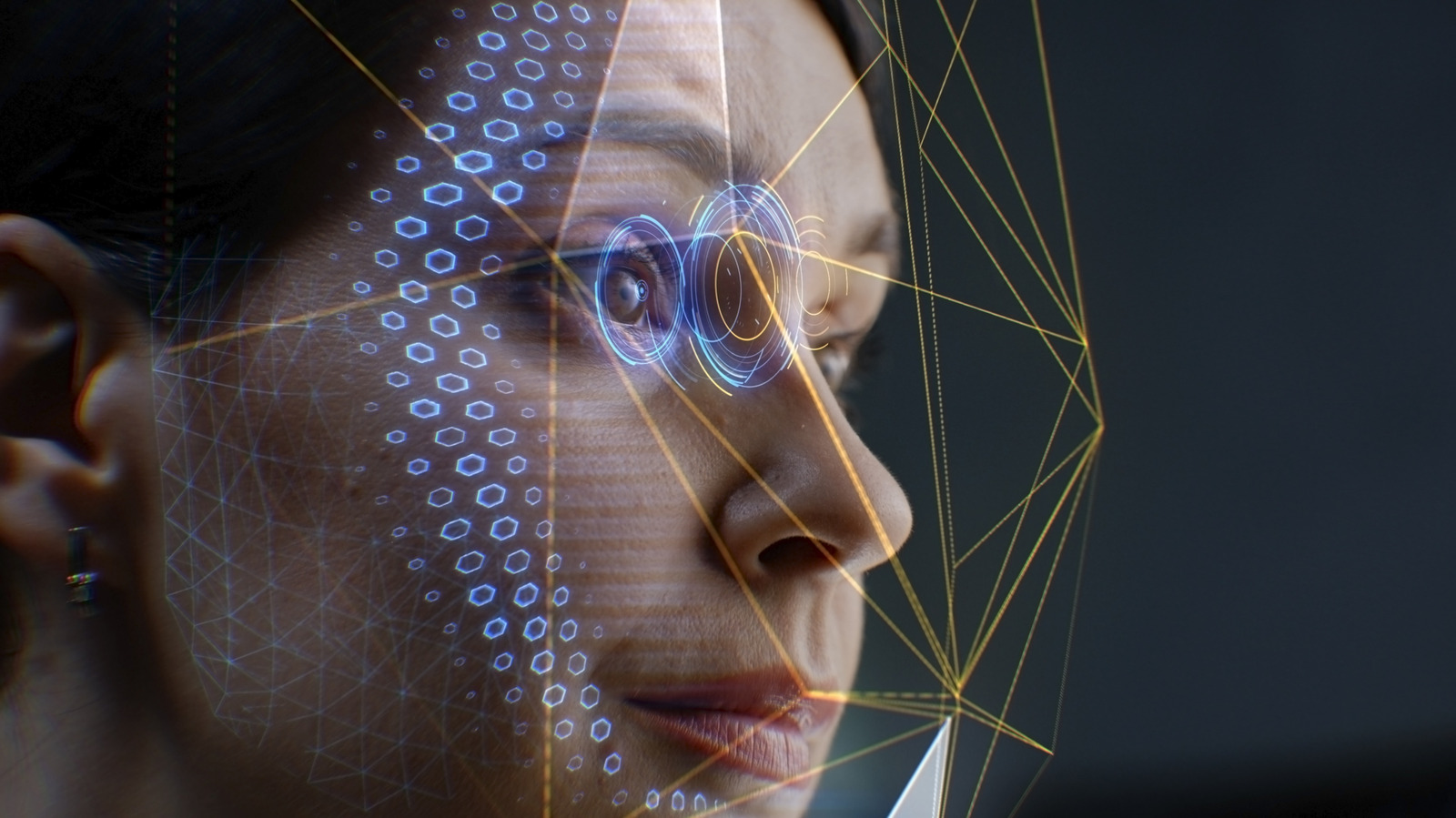
Panasonic, a key battery supplier to electric vehicle (EV) giant Tesla, announced it is racing to develop a new, higher-capacity battery.
The Japanese company is aiming to bring the technology, which it calls “anode-free,” to a “world-leading level” of capacity by the end of 2027.
Reuters reported that the battery incorporates “anode-free” technology, which involves eliminating the anode during the manufacturing process.
Rather than that a lithium metal anode will be formed inside the battery the very first time it’s charged.
This novel approach frees up internal space, allowing for a higher concentration of active cathode materials — nickel, cobalt, and aluminum — within the same battery volume. It could give an energy density and capacity boost.
If successful, Panasonic claims this could lead to a 25% increase in battery capacity.
For the Tesla Model Y (sport-utility vehicle), this translates into a potential driving range extension of nearly 90 miles (about 145 km) without increasing the battery pack’s size.
Cutting expenses
The technology also offers a second, strategic alternative: creating lighter and potentially cheaper batteries.
By maintaining the current driving range and shrinking the physical size of the battery pack, Panasonic could help automakers reduce vehicle weight and lower production costs.
In a move to further cut expenses, the company also aims to reduce the proportion of expensive nickel in its batteries.
Reportedly, the announcement comes as Tesla’s market share in the US has dropped to its lowest in almost eight years in August, facing stiff competition from a growing number of rivals offering new EV models.
The specifics of how the new technology would impact manufacturing costs and consumer prices were not disclosed.
“It was not clear whether the technology would help Tesla to lower prices and Panasonic declined to discuss specifics on manufacturing costs,” Reuters stated.
However, Panasonic’s advance could be a key tool for its partner, Tesla, in an increasingly crowded and competitive market.
Panasonic’s other initiatives
Panasonic is not alone in pursuing this advanced battery architecture, as multiple global battery producers are developing similar anode-free technologies.
For instance, a leader in solid-state lithium-metal battery technology, QuantumScape, has developed an “anode-less” architecture. In September, they demonstrated their technology in a Ducati electric motorcycle, in a partnership with Volkswagen Group’s PowerCo.
In 2022, the U.S. company Our Next Energy reportedly unveiled a large, prismatic “anode-free” cell that had an energy density of 1,007 Wh/l and a capacity of 240 Ah.
In another initiative announced this April, Panasonic Energy partnered with Sumitomo Metal Mining to establish a closed-loop recycling system for EV batteries.
The initiative’s main focus is to recycle nickel from lithium-ion battery cathodes. The recovered nickel is processed into nickel sulfate, which is then used to create new cathode materials for Panasonic’s batteries.
This “battery-to-battery” process aims to create a sustainable circular economy by continuously reusing valuable materials, reducing the need for new raw materials, and fostering environmental sustainability.
Meanwhile, Panasonic also has other big plans. For instance, it is aiming to enter the next-generation battery market for robots and other industrial systems with solid-state batteries.
Bloomberg reported that the company has announced it will likely debut a “sample batch” of these batteries in March 2027.



